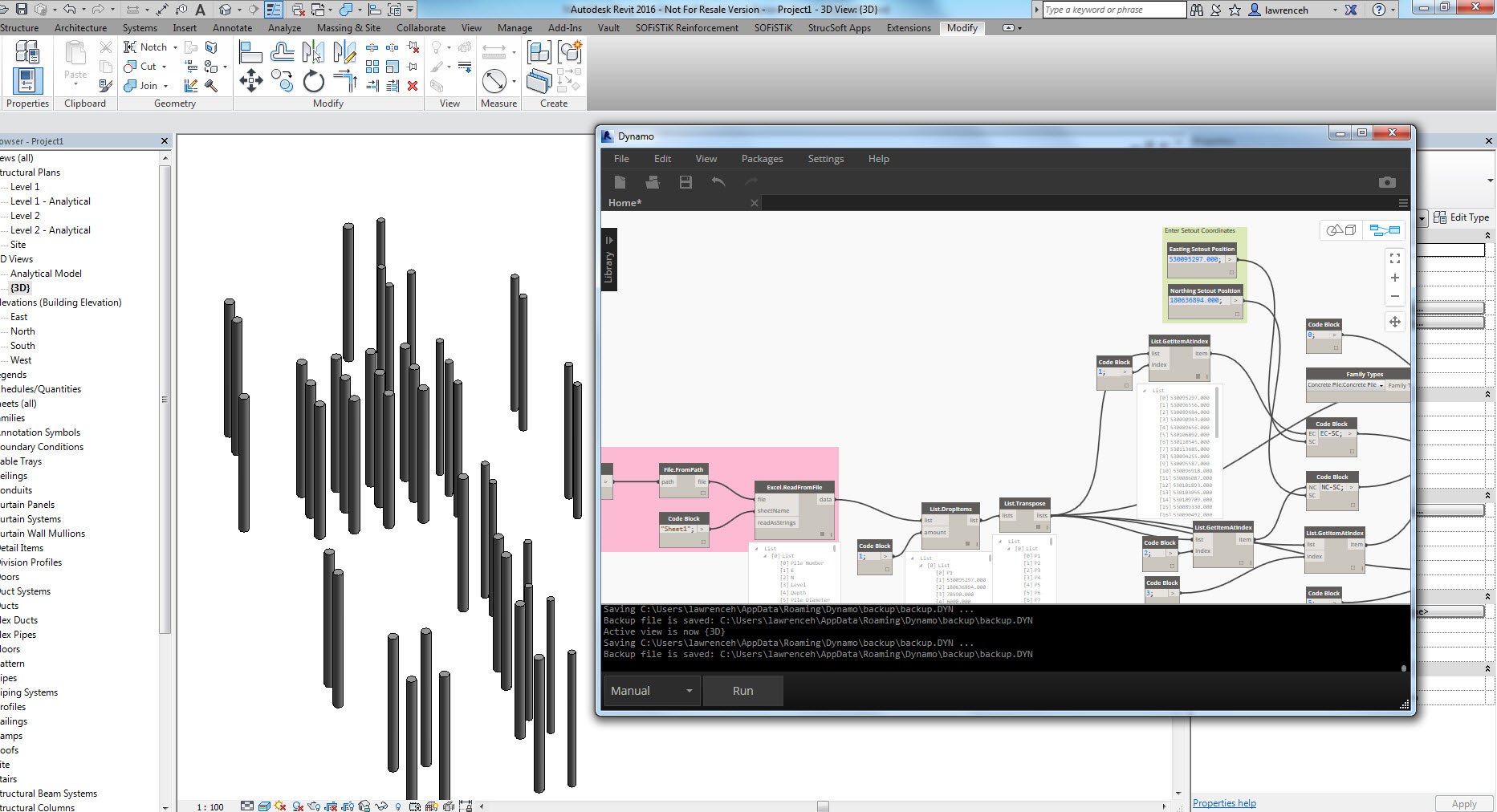Revit Add Ins: Broadening Your Design Capabilities
Wiki Article
Revit Accelerator: Excel Integration Strategies for Boosting Performance and Partnership
In this post, we will certainly explore the advantages of integrating Excel right into your Revit process. And also, we will share best practices for effortlessly incorporating Excel right into your Revit jobs. Get all set to supercharge your Revit experience with our Revit Accelerator: Excel Integration Strategies!Advantages of Excel Combination in Revit
The benefits of Excel assimilation in Revit are countless and can considerably improve productivity and collaboration. By flawlessly connecting these 2 effective tools, you can enhance your workflow and conserve valuable time. With Excel assimilation, you can quickly import and export data in between Revit and Excel, allowing you to take advantage of the strengths of both programs.
An additional benefit of Excel integration is the ability to produce dynamic schedules and records. By connecting your Revit model to an Excel spread sheet, any type of changes made in Revit will immediately update in the corresponding Excel file. This makes it simple to create updated schedules, quantity launches, and various other task documentation.
Excel combination in Revit also enables better cooperation amongst staff member. With the capability to import and export information, you can conveniently share information with colleagues that might not have access to Revit. This promotes efficient communication and permits better coordination and decision-making.
Streamlining Process With Revit and Excel
Improving workflows with Revit and Excel can substantially boost effectiveness and collaboration. By incorporating the abilities of Revit and Excel, you can perfectly transfer data between the 2 applications, removing the demand for hand-operated information entry and lowering the danger of errors.
Using Revit and Excel with each other enables you to utilize the strengths of each program - import excel into revit. You can export data from Revit into Excel, where you can perform complicated calculations, produce graphs and graphes, and analyze the information in a much more reliable and organized fashion. On the other hand, you can import information from Excel right into Revit, allowing you to promptly update your designs and documentation based upon adjustments made in Excel
The integration of Revit and Excel also promotes cooperation among employee. By sharing Excel data, you can easily collaborate and connect on design and construction-related information. This enhances control and makes sure that everyone is dealing with one of the most up-to-date info.
Taking Full Advantage Of Cooperation With Excel and Revit
see it here To make the most of partnership with Excel and Revit, you can seamlessly update and share design and construction-related data with your team. By incorporating Excel with Revit, you can get rid of the need for manual data entrance and reduce the danger of mistakes. With just a couple of clicks, you can import Excel spreadsheets right into your Revit model, enabling you to conveniently gain access to and adjust the data. This integration allows you to team up much more successfully with your group, as everyone can work with the very same information in real-time.One of the crucial benefits of making use of Excel in combination with Revit is the capacity to upgrade data in both programs concurrently. Any kind of changes made in Excel will instantly be reflected in Revit, and vice versa. This makes sure that everybody is dealing with one of the most current info, staying clear of confusion and saving valuable time.
Additionally, Excel offers powerful tools for assessing and organizing data, which can substantially boost your collaboration More Help initiatives. You can develop custom reports and graphes in Excel, aiding you to envision and connect vital task info efficiently. This can be especially helpful when presenting data to stakeholders or making informed choices based upon job metrics.
Advanced Techniques for Increasing Productivity in Revit Making Use Of Excel
By making use of sophisticated methods in Revit, you can substantially increase your performance by leveraging the power of Excel. With Revit's Excel integration attribute, you can link Excel spreadsheets straight to your Revit version, enabling you to conveniently manage and upgrade data.
Additionally, you can make use of Excel macros to automate repetitive tasks in Revit (revit plugins). Macros enable you to videotape a series of actions and play them back with a single click, conserving you time and effort. As an example, you can create a macro to immediately create room routines or upgrade specification worths in mass.
Best Practices for Excel Combination in Revit
Using Excel as a data management device in Revit allows for efficient monitoring and upgrading of data. One of the ideal methods for Excel integration in Revit is to develop a clear and organized data framework. By adhering to these finest practices, you can effectively make use of Excel as a data monitoring tool in Revit and check boost your productivity and collaboration.Final Thought
In verdict, incorporating Excel with Revit can significantly improve performance and cooperation in the layout process. By leveraging the power of Excel, Revit users can accomplish higher degrees of efficiency and cooperation in their projects.With Excel assimilation, you can conveniently import and export data between Revit and Excel, allowing you to leverage the staminas of both programs.
One of the crucial benefits of Excel assimilation is the capacity to make use of Excel solutions and features within Revit. By connecting your Revit model to an Excel spread sheet, any kind of adjustments made in Revit will instantly upgrade in the matching Excel data. On the other hand, you can import information from Excel right into Revit, allowing you to swiftly update your models and paperwork based on changes made in Excel.
With Revit's Excel integration feature, you can connect Excel spread sheets straight to your Revit design, allowing you to easily take care of and upgrade information.
Report this wiki page